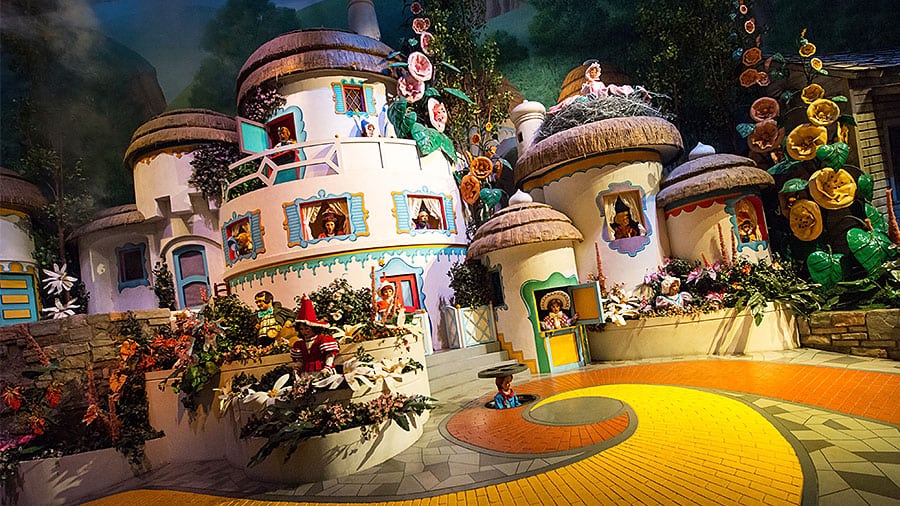Can CAD designers make dreams come true? For thousands of visitors to the new Shanghai Disneyland Park opening later this month, the answer is yes. The Enchanted Storybook Castle, which promises to be a central attraction at the new resort, was designed by a team of 142 professionals using the latest and most sophisticated CAD techniques.
For CAD students, the project provides a fascinating look at how CAD can be used to create complex designs, as well as navigate difficult structural challenges. And with two teams working simultaneously from both Shanghai and California, it also serves as a great example of how CAD software can be used to facilitate collaborations between partners all over the world.
Want to know more about how CAD design made this fairytale a reality? Read on to find out.
Challenges Facing the Enchanted Storybook Castle’s CAD Design Team
While the Enchanted Storybook Castle takes its design cues from Disney’s iconic Cinderella castle at Disney’s Florida resort, it represented a far more complex challenge for designers. It is the first castle to feature a room for every Disney princess, and a number of different features had to be incorporated into the design to make this possible.
At over 200 feet tall, the new castle is also Disney’s largest ever, and the interior includes a double helical staircase, restaurant, fountain pumps, and a children’s salon among other features. A system of underground caverns was also constructed underneath the castle for the Crystal Grotto boat ride.
How Professionals with CAD Software Training Worked Together to Make a Fairytale Castle Come True
To complete such a complex task, a Walt Disney Imagineering (WDI) team containing a number of professionals with CAD software training was assembled, including engineers, architects, and contractors. The process took place over a number of years, with teams in the US and China using a sophisticated cloud-based construction platform to transfer data and schematics updates.

The castle design was a huge collaborative effort
This collaborative approach to building information modeling allowed each different team to integrate their designs with one another more efficiently, and the achievement of the WDI team was even recognised with a 2014 AIA TAP (Technology in Architectural Practice) award for Delivery Process Innovation.
CAD College Techniques Used in the Creation of the Castle
In addition to having design teams in different locations, the WDI team also used multiple software platforms. The architectural team operated using Revit software, while the Structural and MEP work was done using AutoCAD. CAD college students might be interested to know that the teams needed to design custom scripts to allow the architectural Revit Objects, which included tower turrets, windows, and roof structures, to be easily transferred into AutoCAD.

The design includes launching platforms for Disney’s famous fireworks displays
Using CAD allowed the WDI team to create a model of the building with astonishing detail, even providing the construction team with detailed material breakdowns for things like the artificial terrain around the castle, and the concrete required for the two firework-launching platforms on the building. As a result, construction was completed far more efficiently, ensuring the castle would be ready for the park’s grand opening.
Interested in helping to design complex buildings like this?
Contact us to find out more about our CAD Training Course!



